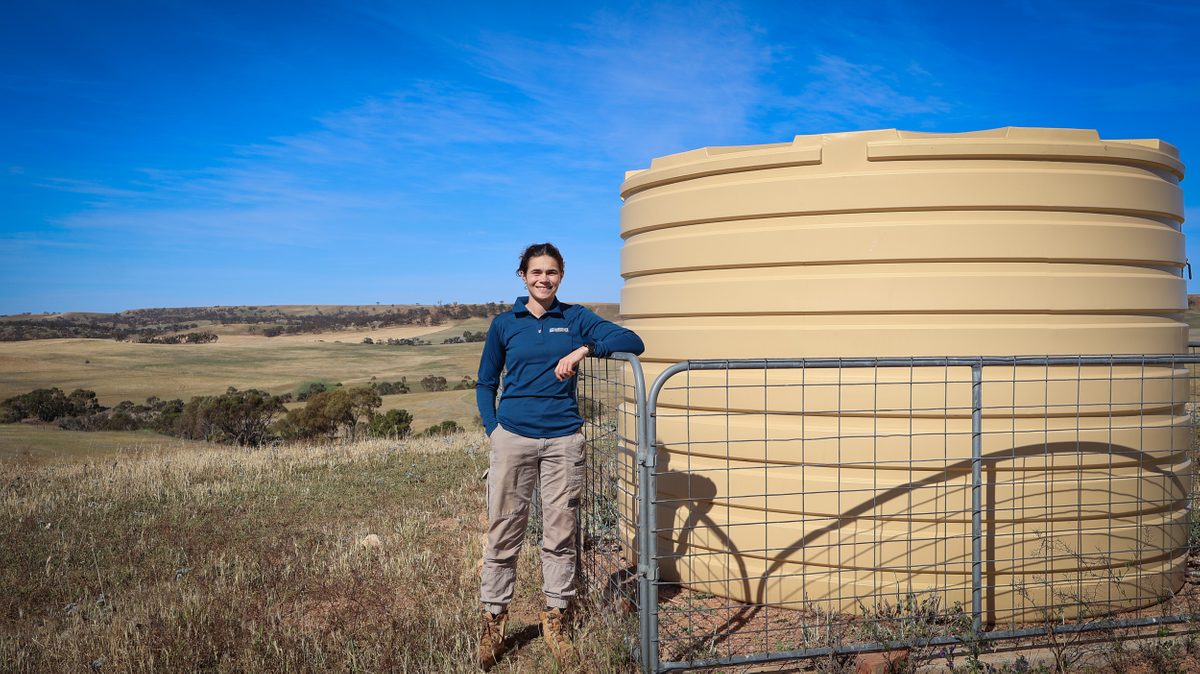Volunteers rewarded as endangered chick emerges
Volunteers and officers from Natural Resources Northern and Yorke were in the right place at the right time recently, as a tiny malleefowl chick hatched and emerged from a mound they were monitoring as part of an annual survey in Dhilba Guuranda-Innes National Park.
Community Team Leader for Yorke District, Deborah Furbank said that the exciting experience was one of the highlights of her career in biodiversity conservation.
"We watched the chick rest for ten minutes as its feathers dried, before it scurried off the mound into the scrub, independent from the moment it hatched," Ms Furbank said.
"It is magical moments like these that leave me in no doubt about the value of our fox control and monitoring work on southern Yorke Peninsula."
Once widespread across Australia, malleefowl, now a nationally endangered species, continue to decline across much of their historic range, but despite their rarity, are often seen by visitors to Dhilba Guuranda-Innes National Park.
An extensive fox-baiting program has been in place across southern Yorke Peninsula since 2003 when tammar wallabies were reintroduced to Dhilba Guuranda-Innes National Parkand Ms Furbank believes it is delivering great benefits for malleefowl and other native species.
"Sightings of malleefowl have increased within and outside the park over recent years and we’re convinced this is attributable to our fox-baiting program, which continues to expand," Ms Furbank said.
"For a second year we saw no signs of fox scats or prints on or around any of the mounds we visited during the recent survey."
The malleefowl is an unusual Australian bird that lays its eggs in a large mound made from soil and leaf litter, making use of decomposing leaf litter and the sun, to incubate its eggs.
The eggs, laid deep in the centre of the mound, are attended daily by the male malleefowl who manages the nest to ensure the optimum temperature range of 32-34ºC is maintained.
"The male bird uses his beak like a thermometer, and then regulates the heat by opening and closing the centre of the mound, scratching the buried leaf litter with his strong claws," Ms Furbank said.
Each summer, a small team inspects malleefowl mounds within a mapped grid, as part of the National Malleefowl Monitoring program.
In the most recent survey, 24 mounds were visited, seven of which were found to be active this season, with malleefowl observed at three of the active mounds.
Protection of malleefowl habitat is made possible by funding from the Australian Government with support from the Northern and Yorke Natural Resources Management Board.



